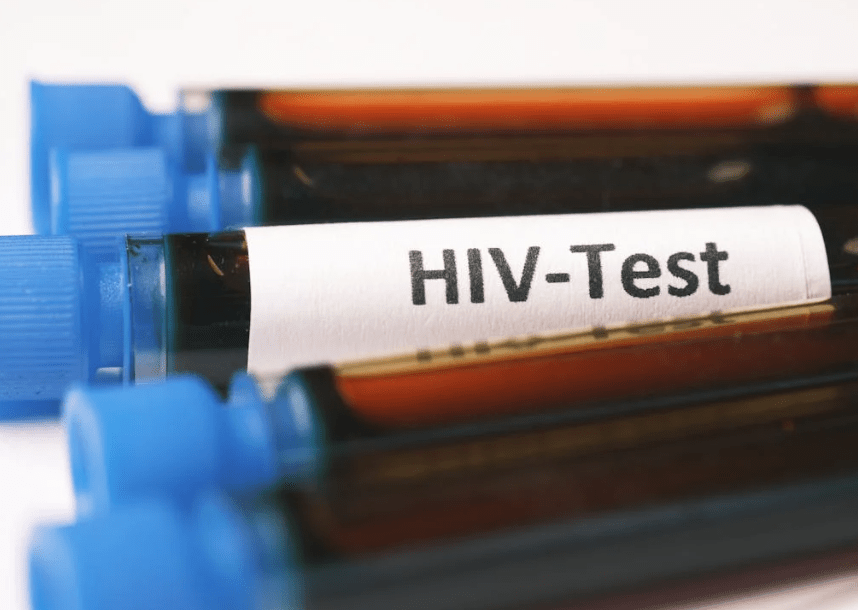Education alone inadequate in youth HIV prevention
By Milliam.Murigi, June 12, 2024HIV continues to pose a significant public health challenge for adolescents and young people in Kenya and is a leading cause of mortality. In 2022 alone, according to the Kenya Demographic and Health Survey, an estimated 1,215 AIDS-related deaths occurred among adolescents aged 10-19. More than half (59 per cent) of the new HIV infections that occurred among adolescents aged 10-19 in 2022 were in 10 counties.
Knowledge levels about HIV prevention remain relatively low among young people. In 2022, only 54 per cent of young women and 55 per cent of young men had comprehensive knowledge of HIV prevention. In urban areas, a higher proportion of younger men had comprehensive knowledge of HIV prevention methods than younger women.
This is why the government – under its plan to end the ‘Triple Threat’ of new HIV infections, mistimed pregnancies, and sexual and gender-based violence cases among adolescents and young people – aims to increase HIV prevention knowledge.
While knowledge is undoubtedly crucial, greater HIV prevention education alone won’t tackle adolescent infections. The reason is that access to prevention commodities such as condoms and pre-exposure prophylaxis (or PrEP), the medicine taken to prevent getting HIV, is not a guarantee for many adolescents. This is due to socioeconomic barriers, cultural norms, misconceptions, psychosocial factors, and the lack of comprehensive support systems.
Apart from that, legal and ethical considerations surrounding the provision of protection resources to adolescents pose significant challenges in HIV prevention efforts. Kenya has laws governing the age of consent for sexual activity and the provision of reproductive health services. Adolescents below the age of 18 may require parental consent to access contraceptives or other protection resources.
Healthcare providers are also legally obligated to adhere to these laws, and this restricts their ability to provide services to adolescents without parental consent. Thus, education without accessible resources essentially leaves adolescents unarmed in the battle against HIV.
Moreover, in many parts of Kenya, adolescents from disadvantaged backgrounds lack access to basic healthcare services, let alone specialized HIV prevention resources. Even if adolescents are aware of HIV prevention methods, economic constraints may prevent them from purchasing protection commodities.
Condoms, for example, are often available for free or at a subsidised cost in many regions, but in cases where they are not, adolescents from low-income families may struggle to afford them, regardless of their level of education. In communities where HIV carries stigma, adolescents may also face barriers to accessing commodities due to a fear of judgment or discrimination. Despite possessing knowledge about prevention methods, the stigma may deter adolescents from seeking out resources, thereby rendering their education ineffective in practical terms.
This is why, to effectively address adolescent HIV infections, a holistic approach is needed, as effective HIV prevention strategies require more than just knowledge. This calls for an approach that combines education with efforts to dismantle barriers, challenge societal norms, dispel misconceptions, and provide the necessary support systems to empower adolescents to protect themselves effectively. Only then can we hope to make significant strides in reducing HIV infections among adolescents.
It is also important for policymakers to remove legal and administrative barriers that prevent adolescents from accessing protection commodities without parental consent, where appropriate and feasible. This may involve revising age-of-consent laws or adopting policies that allow adolescents to access commodities through confidential and youth-friendly channels.
— The writer is a reporter and features writer with People Daily
